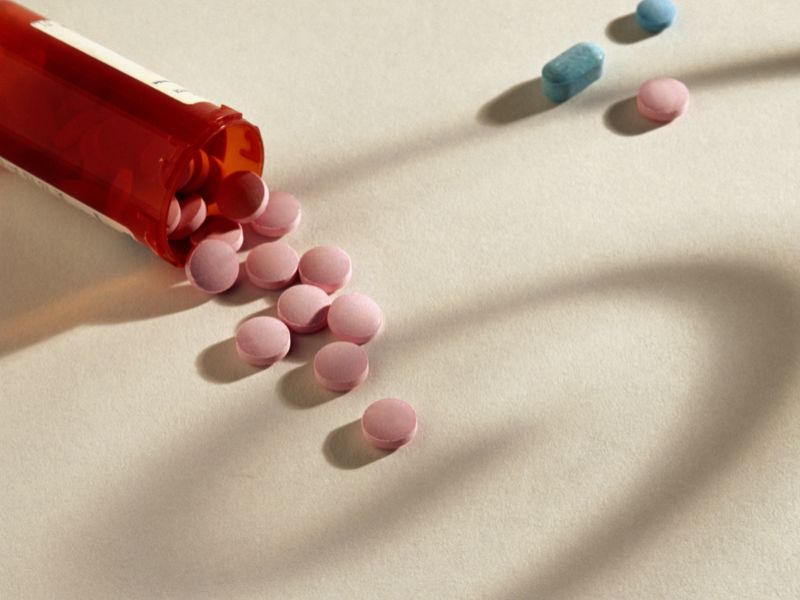FRIDAY, April 26, 2019 (HealthDay News) — Psychostimulant use plays a substantial role in fatal strokes among young adults, according to a study published online April 2 in the Journal of Forensic Sciences.
Shane Darke, Ph.D., from the University of New South Wales in Sydney, and colleagues sought to determine the proportion of psychostimulant users among fatal strokes in young adults (aged 15 to 44 years) using data from the National Coronial Information System (2009 through 2016).
The researchers identified a total of 279 cases (259 hemorrhagic, eight ischemic, eight thrombotic, and four mycotic). Fifty cases (17.9 percent) were identified as psychostimulant users. When toxicology information was available, psychostimulants were detected in the blood in 37 of 45 cases; methamphetamine was the predominant psychostimulant (32 of 45). In the psychostimulant group, hemorrhagic strokes were more likely to be intraparenchymal (odds ratio, 2.33). No psychostimulant user had a history of a previous stroke, was gravid/postpartum, or had a diagnosis of cerebral vasculitis or endocarditis.
“Psychostimulant users, and those treating them, need to be aware of their elevated stroke risk, which may have devastating consequences,” Darke said in a statement.
Abstract/Full Text (subscription or payment may be required)
Copyright © 2019 HealthDay. All rights reserved.



